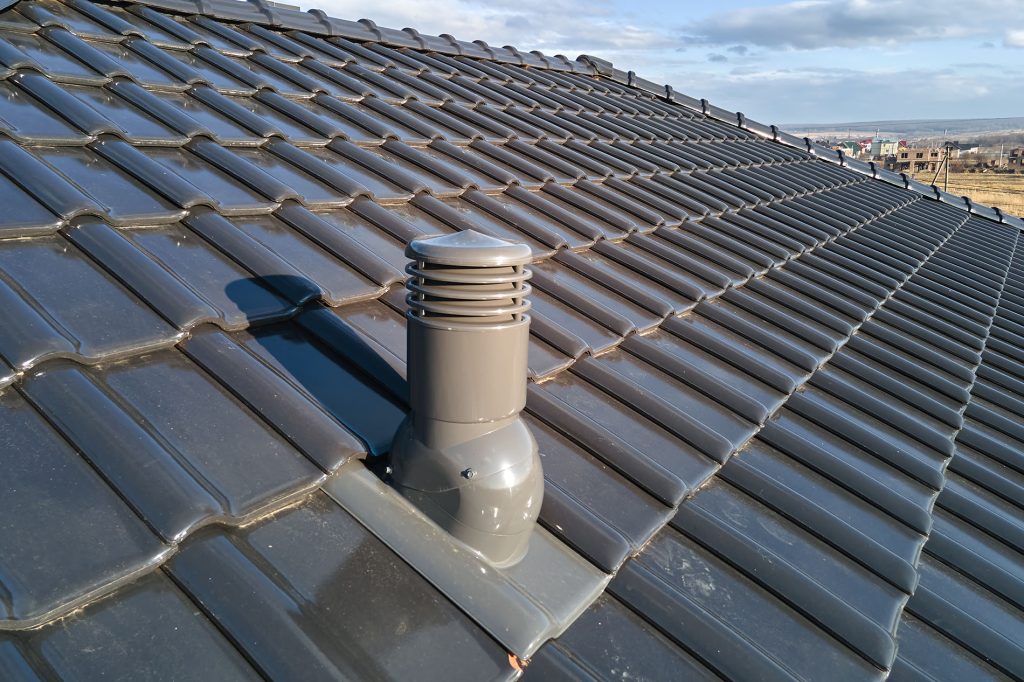Proper roof ventilation is one of the most overlooked elements of a well-functioning home—but it plays a crucial role in protecting your investment. At Lane Roofing & Restoration, we believe that a well-informed homeowner makes the best decisions. So, let’s break down why roof vents matter and explore the different types of attic ventilation available today. Effective roof ventilation helps regulate attic temperatures, preventing moisture buildup and extending the lifespan of your roofing materials. For homeowners looking to improve their ventilation system, understanding the various options and benefits is essential. Here are some useful roof ventilation installation tips to ensure maximum efficiency and protection for your home. Effective ventilation helps regulate indoor temperatures, prolongs the lifespan of your roof, and prevents moisture buildup that can lead to mold growth. For homeowners looking to improve their attic space, understanding roof ventilation installation tips can make a significant difference. By choosing the right type of ventilation system tailored to your home’s needs, you can enhance energy efficiency and overall comfort.
Why Roof Ventilation Matters More Than You Think
Roof vents come in two primary categories: intake vents (which bring fresh air in) and exhaust vents (which push stale, humid air out). Together, these systems create a balanced airflow that helps your home breathe.
Benefits of a well-ventilated attic include:
- Reduced moisture buildup
- Prevention of mold, mildew, and wood rot
- Improved indoor air quality
- Lower heating and cooling costs
- Protection from ice dam formation in winter
- Increased lifespan of your roof
Know Your Options: Types of Roof Vents Explained
There are several types of vents used in attic ventilation systems—each serving a specific purpose based on your roof’s design and your home’s needs.
Static Vents (Box Vents)
Also known as turtle vents, louver vents, or flat vents, these low-profile units have no moving parts. Installed over a cutout in the roof, they allow rising heat and moisture to escape
passively.
Wind Turbine Vents
These wind-powered vents spin when breezes pass through, creating a suction effect that pulls humid air out of your attic. They’re energy-efficient and ideal for areas with frequent wind.
Power Vents
Electric-powered vents use fans to actively remove hot air and humidity. Many models feature thermostats or humidistats that automatically trigger operation based on attic conditions.
Ridge Vents
Ridge vents are continuous exhaust vents installed along the peak of your roof. They work best when paired with soffit vents to create steady airflow from eaves to ridge.
Soffit Vents
Soffit vents are intake vents located in the eaves or soffits of your roof. They allow fresh air to flow into the attic and are essential for a balanced ventilation system.
Cupola Vents
Cupola vents add aesthetic appeal to a home while serving a practical purpose. Mounted at the roof’s highest point, they allow warm air to rise and escape naturally.
Gable Vents
Located at the peak of a home’s gable ends, gable vents can function as intake or exhaust vents depending on wind direction and your system’s layout.
Let Lane Roofing & Restoration Keep Your Roof Ventilated and Healthy
Think your attic might not be getting the ventilation it needs? Lane Roofing & Restoration is here to help. We install and repair all types of roof ventilation systems—from static vents to powered options—ensuring your home stays protected year-round.
Click Here to contact us to receive a free quote today and let our experts assess your ventilation needs.

